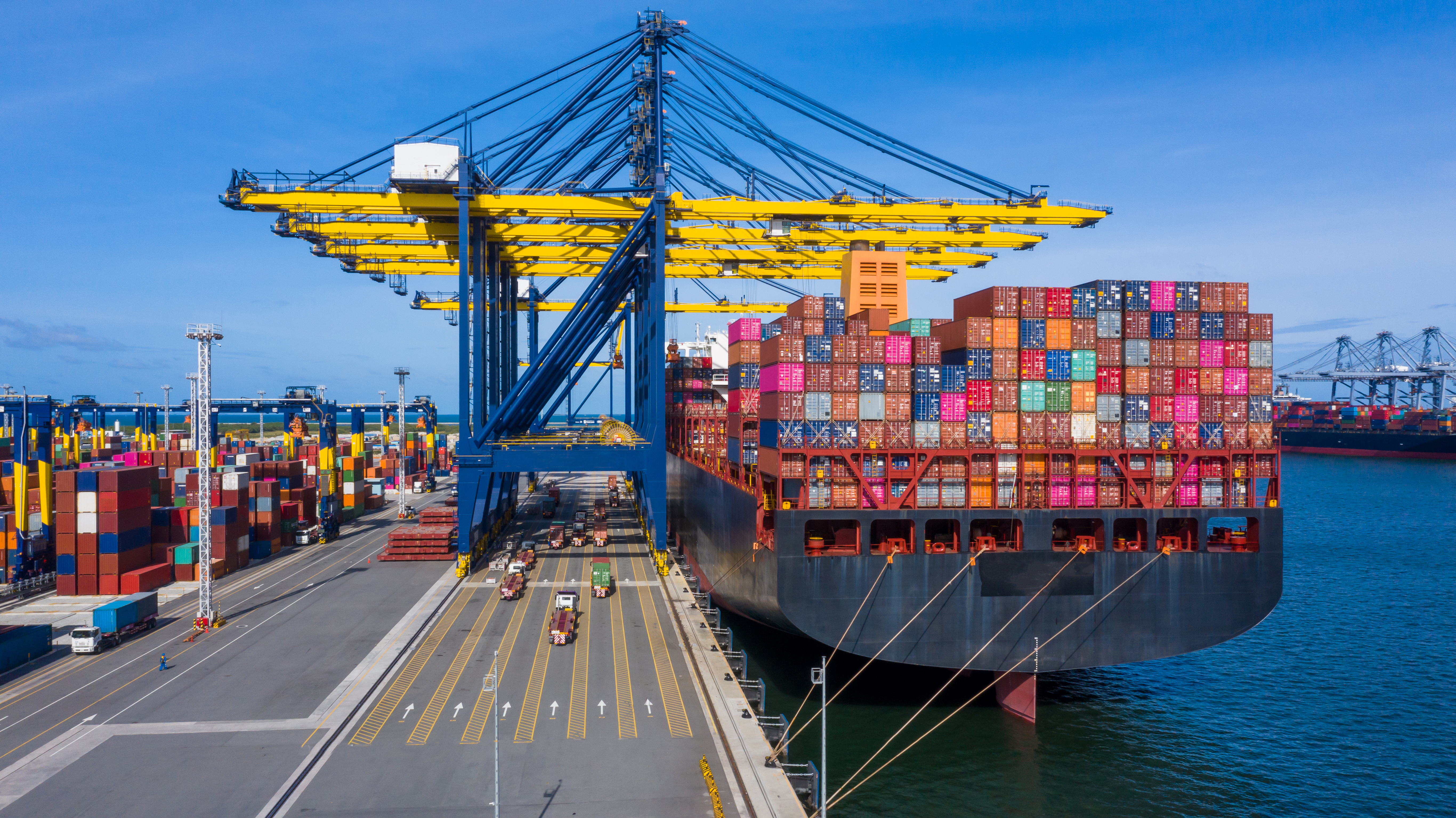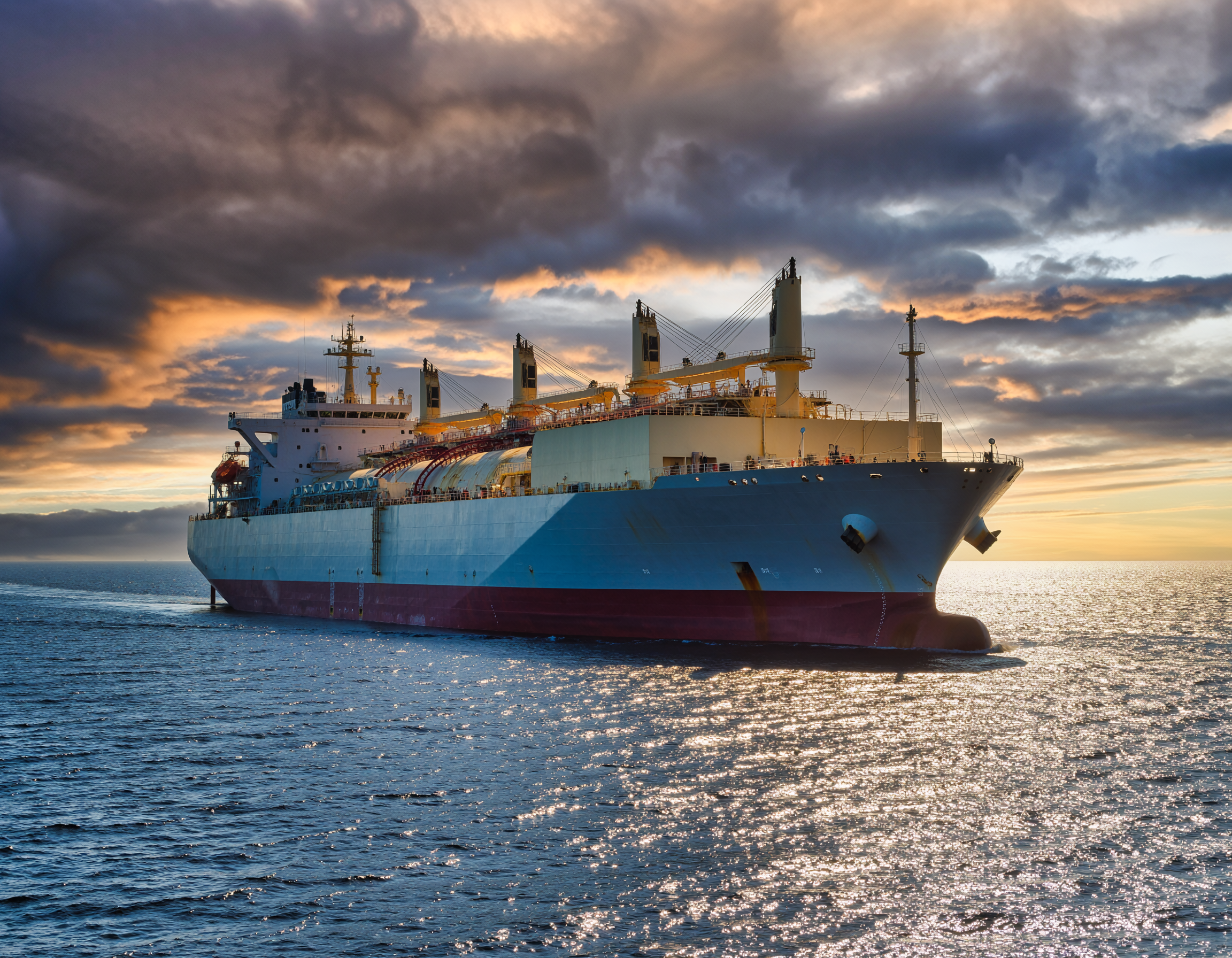This article is the second part of our seaways segment on the Mississippi River. Back in 2020, my colleague, Taylor Coley, discussed anchor loss and collision claims on the Mississippi River. Another type of claim we encounter on the river are loss of property claims resulting from a passing vessel’s wave wash. The narrow winding bends together with deep-draft vessels present a risk of wave wash damage incidents.
The Mississippi River is an essential waterway transporting agricultural and industrial goods. The U.S. Army Corps of Engineers maintains a 9- to 12-foot shipping channel from Baton Rouge, LA, to Minneapolis, MN. From Baton Rouge past New Orleans to Head of Passes, a 50-foot channel is maintained to allow ocean-going vessels access to ports between New Orleans and Baton Rouge (with a 47-foot channel from Mile Marker 175 to 180 and a 45-foot channel from Mile Marker 180 to 234).
Wave Wash/Wake Wash Damage Causes – Ship Happens!
Wave wash damage is normally the result of a combination of multiple factors, which include the terminal’s location and the high river season, which could run from February/March through to May/June but varies year to year. Vessels moored at terminals located on the lower end of the Mississippi and around a bend may have a higher chance of experiencing wave wash damage, especially during the high river season, which can bring strong currents and eddies.
The locations prone to wave wash damage incidents are:
- ARTCO Mid-Stream Buoys (Mile Marker 110)
- ADM Ama (Mile Marker 117.6)
- IMTT Terminal St. Rose (Mile Marker 118.5)
- ARTCO Mid-Stream Buoys (Mile Marker 121)
- Globalplex Terminal (Mile Maker 138)
- Convent Marine Terminal (Mile Marker 160.9)
- Zen-Noh Gran Terminal (Mile Marker 163.8)
- Cooper Consolidated Mid-Stream Buoys (Mile Marker 179-180).
In addition to location and high river effects, there are other factors that may play a role.
- Vessels passing too close/vessels going too fast – transiting upriver or downriver
The U.S. Coast Guard does not have a numerical requirement for either distance or speed for vessels transiting and only notes that vessels should pass at a safe speed and/or distance. If deep-draft vessels pass too close when transiting upriver, they can create a vacuum effect between them and moored vessels, pulling the moored vessels away from their berths. If deep-draft vessels pass too close when transiting downriver, their wake can push moored vessels away from their berths, especially during high river season.
- Poor condition of mooring ropes and/or mooring equipment
If the mooring ropes and/or mooring equipment are in poor condition, the winches may slip, and the mooring ropes may pay out and part.
- Mooring ropes not tended to by the vessel
If the ropes are not tended to properly, they may become slack, and any passing vessel’s wave wash may put a strain on the ropes.
Recommendations – Hull or High Water, Always Stay the Course!
Whether you are the moored vessel or the passing vessel, here are some recommendations to assist with defending a claim. Note that if the moored vessel caused damage to the terminal due to the surge, the terminal will most likely pursue the moored vessel for costs, regardless of fault. Therefore, the moored vessel will need to seek recovery from the passing vessel for any claims paid out to the terminal if the passing vessel was at fault.
Recommendations for the passing vessel:
- Contact the Club to appoint a surveyor to attend and investigate as soon as the vessel/Member is placed on notice. Note that this is not admitting to liability but just protecting the Member’s interest by documenting the damages claimed and recording the findings.
- Review the AIS data to verify the speeds of other vessels passing along at the same time. Try to compare vessels of similar size in similar traffic conditions. Are they all consistent?
- Ensure the vessel’s VDR, AIS and ECDIS data are stored and backed up along with any deck logbooks, bell books and telegraph records.
- Determine if the pilot/crew noticed the surge occurring at the terminal and whether tugs were called to assist the moored vessel. When lines break, tugs are called immediately to push/hold the vessel alongside until the crew/terminal can re-secure the vessel’s lines.
- Request from the pilot, their records, which will show the track and speed, and assist tug orders.
- Request from the moored vessel, the General Arrangement Plan, General Particulars, deck logbooks and standing orders, watch-keeping schedule to verify if crew continuously attended to the lines, the mooring arrangement drawing, and the maintenance records/certificates for all mooring equipment.
- Request CCTV recordings from the terminal.
- Request the terminal’s drawings of the mooring arrangements and equipment. As ships get larger, certain berths may have insufficient mooring points due to their infrastructure. Confirming proper mooring arrangements is key.
Recommendations for the moored vessel:
- Place the passing vessel and its P&I Club on notice as soon as possible, inviting them to a joint survey of the moored vessel’s damage and/or the terminal’s damage. If the moored vessel needs to depart, invite the passing vessel to the next port of call to verify the moored vessel’s damage, if any.
- Determine if other moored vessels nearby had a similar experience.
- Determine the speeds of the other vessels passing at around the same time to determine if the vessel was traveling at an excessive speed compared to others. Try to compare vessels of similar size in similar traffic conditions.
- Determine if the passing vessel veered out of the channel towards the moored vessel.
- Save the CCTV recordings, if any. If the terminal has CCTV, obtain a copy of its recordings as well.
- Save the VDR data and/or ECDIS playback for the time of the incident. Record ECDIS on the phone (as the ECDIS sometimes has its own software).
- If the mooring lines parted, save the line, and tag and seal it.
- Ensure mooring arrangements are correct. If the terminal has insufficient mooring points, issue a Letter of Protest to the terminal.
Please note that the information provided above is an overview and should not be relied upon as a complete analysis.
The Club would like to extend a sincere appreciation to Capt. Garreth Fernandes, Principal Surveyor/Operations in charge from Newship, Inc. for his technical contribution to this article.




![The Solomon Trader [2025] EWCA Civ 1387: The ‘pay to be paid’ rule affirmed in the Court of Appeal](/fileadmin/uploads/ukpandi/News_Images/AdobeStock_104743067.jpeg)
